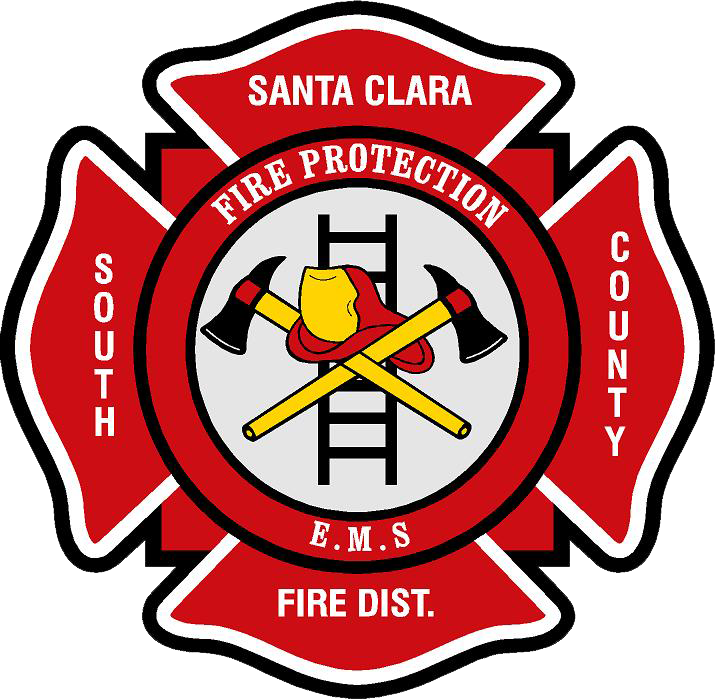Frequently Asked Questions (FAQ) on Carbon Monoxide (CO) Devices
As of July 1, 2011, the Carbon Monoxide Poisoning Prevention Act (Senate Bill – SB 183) will require all single-family homes with an attached garage or a fossil fuel source to install carbon monoxide alarms within the home by July 1, 2011.
Owners of multi-family leased or rental dwellings, such as apartment buildings, have until January 1, 2013 to comply with the law.
The California State Fire Marshal has created this frequently asked questions (FAQ) on carbon monoxide devices to provide the citizens of California with information on this important matter.

